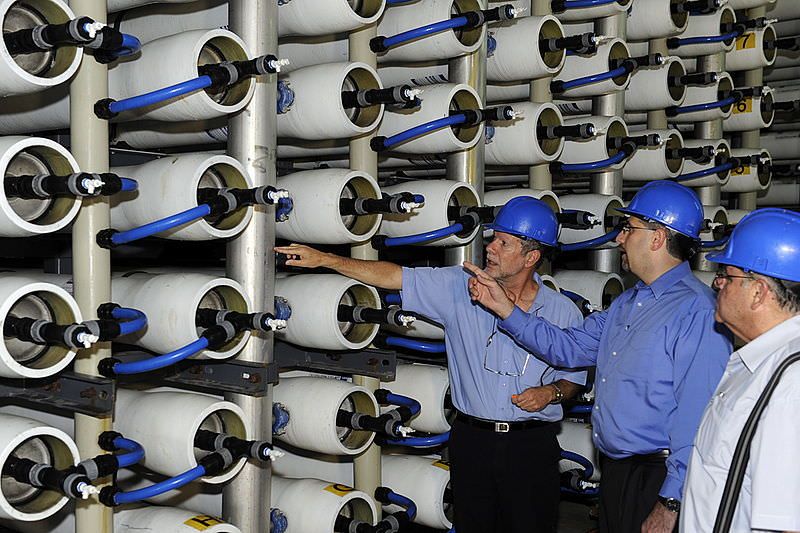Making Water Treatment Processes Less of a Drain on Electricity
Published on by Water Network Research, Official research team of The Water Network in Business
With the search for new water sources reaching its limits, Singapore is setting its sights on another key area of research, to make sure it squeezes more value from each drop of clean water it produces.
A significant chunk of the $435 million that has gone into water research and development (R&D) here has gone into making water treatment processes less of a drain on electricity.
By Audrey Tan

Representative image, Source: Wikimedia Commons, Labeled for Reuse
"We are pushing the frontier of water technology to tackle the pressing challenges in energy and sludge management efficiency," said Mr Harry Seah, national water agency PUB's assistant chief executive for future systems and technology, on Wednesday (July 4).
This comes as Singapore becomes increasingly reliant on its two weather-proof sources of water - desalination and water re-use - against a backdrop of erratic weather, he said.
"The challenge is to ensure that technological advancements continue to keep up with increasing water demand so these sources remain sustainable," Mr Seah added.
A new "tap" came online in 2002 with Singapore's launch of Newater (recycled used water), and again in 2005, when the Republic's first desalination plant in Tuas was opened.
Today, both these taps can meet up to 70 per cent of Singapore's water demand of 430 million gallons a day, and are projected to help meet up to 85 per cent of future water demand in 2060. Demand for water is expected to double by then.
But both these water treatment methods require plenty of energy. Between five and 17 times more electricity than that used to treat rainwater is needed to produce water through desalination or treatment of used water. The latter also produces sludge, which is ultimately landfilled.
PUB said that meeting future water demand with today's technology will see PUB's electricity requirement go up four times to 4,000 GWh a year, with the amount of sludge generated doubling to 600,000 tonnes a year by 2060.
"This is unsustainable and can only be overcome by leveraging technology," said Mr Seah, adding that Singapore's long-term goal is to meet water demand with the current amount of energy and sludge produce.
Source: The Straits Times
Media
Taxonomy
- Treatment
- Treatment Methods
- Energy
- Water-Energy Nexus
- Energy Efficiency
- Desalination
- Water Utility
- Utility Management
- water treatment
- Energy-Water Nexus